This is one in a series of posts on the Sony alpha 7 R Mark IV (aka a7RIV). You should be able to find all the posts about that camera in the Category List on the right sidebar, below the Articles widget. There’s a drop-down menu there that you can use to get to all the posts in this series; just look for “A7RIV”.
I made a series of images of my bookcase. All were about 5 stops underexposed. I used a Zeiss Batis 135 f/2.8 lens on the Sony a7RIII and a7RIV bodies. I manually focused, and used a 2-second self timer setting. File format was uncompressed raw in both cases.
Here are the ISO settings and exposures:
- ISO 100, f/5.6, 1/25 second
- ISO 200, f/5.6, 1/50 second
- ISO 400, f/5.6, 1/100 second
- ISO 800, f/5.6, 1/200 second
- ISO 1600, f/5.6, 1/400 second
- ISO 3200, f/5.6, 1/800 second
Here’s a sample shot with a +5 EV push in post:
I developed the images in Lightroom, with Adobe Standard profile, white balance to the book spine to the left of the Wayne Thiebaud book, a + 5 stop push using the exposure slider, and the rest at default (I’ll post another set with the noise reduction turned off). Here are same field of view crops at about 200% — a bit more for the a7RIII images, which have lower resolution.
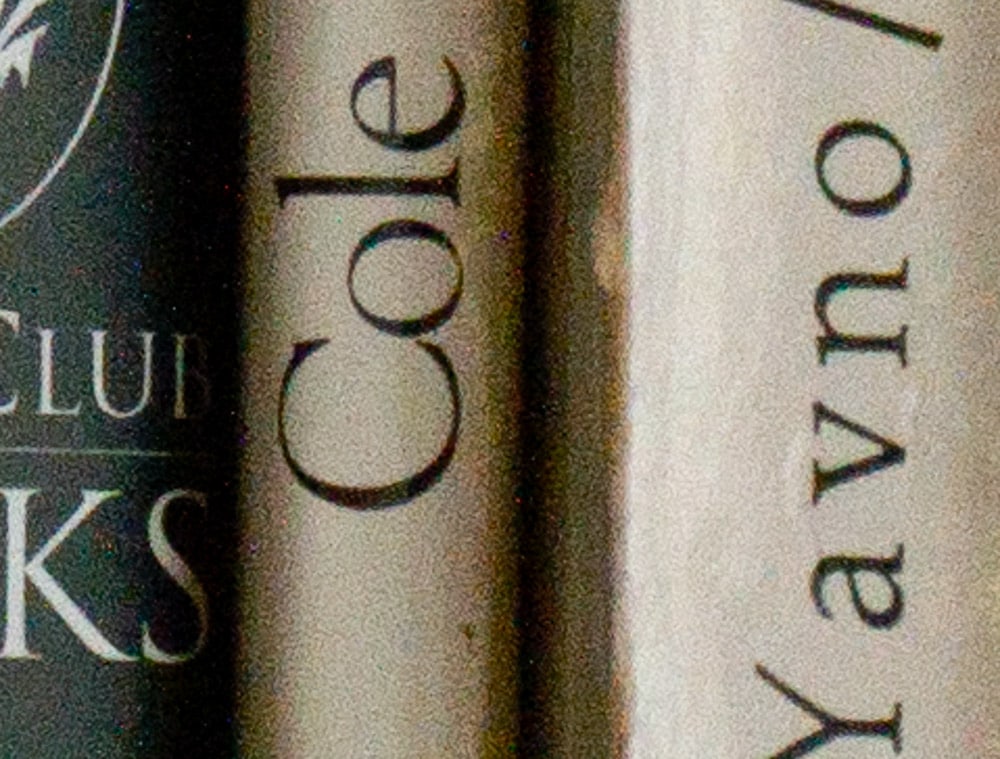
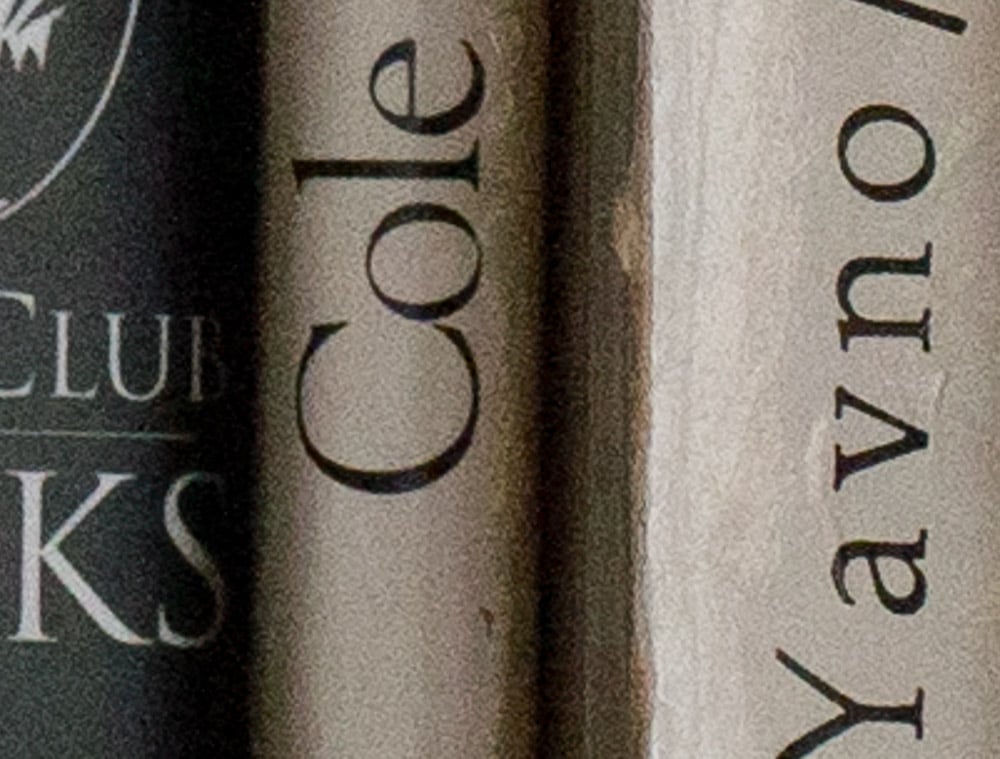
Color balance is a bit different; the Adobe Standard Profile I’m using is pre-release. I understand there’s a release candidate in beta now.
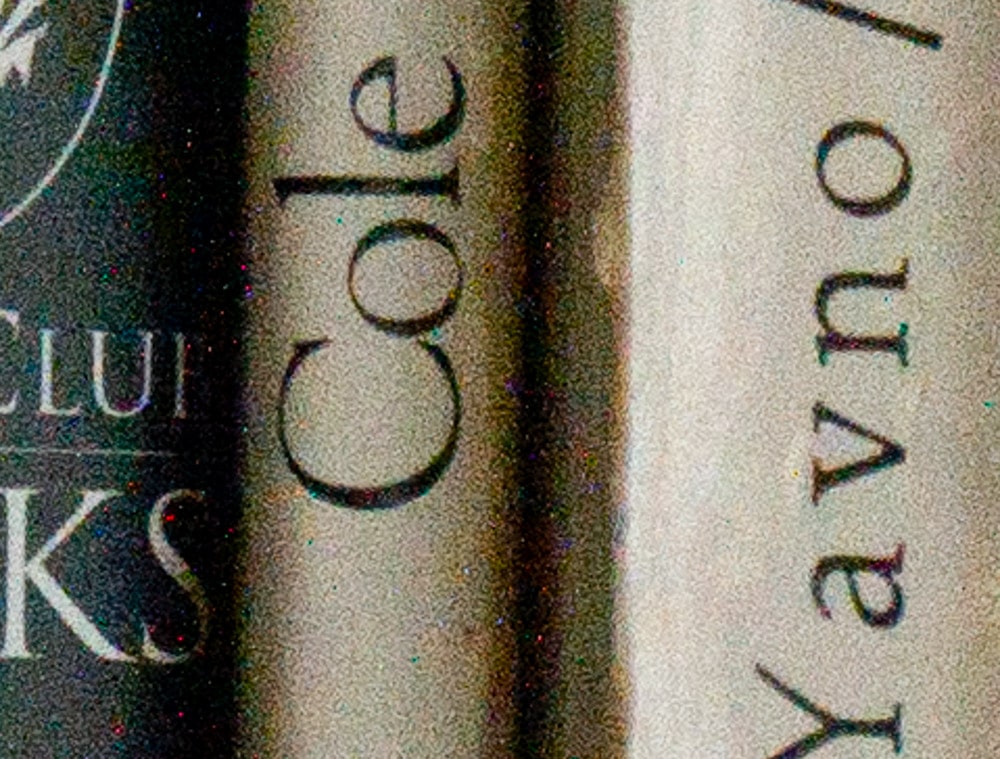
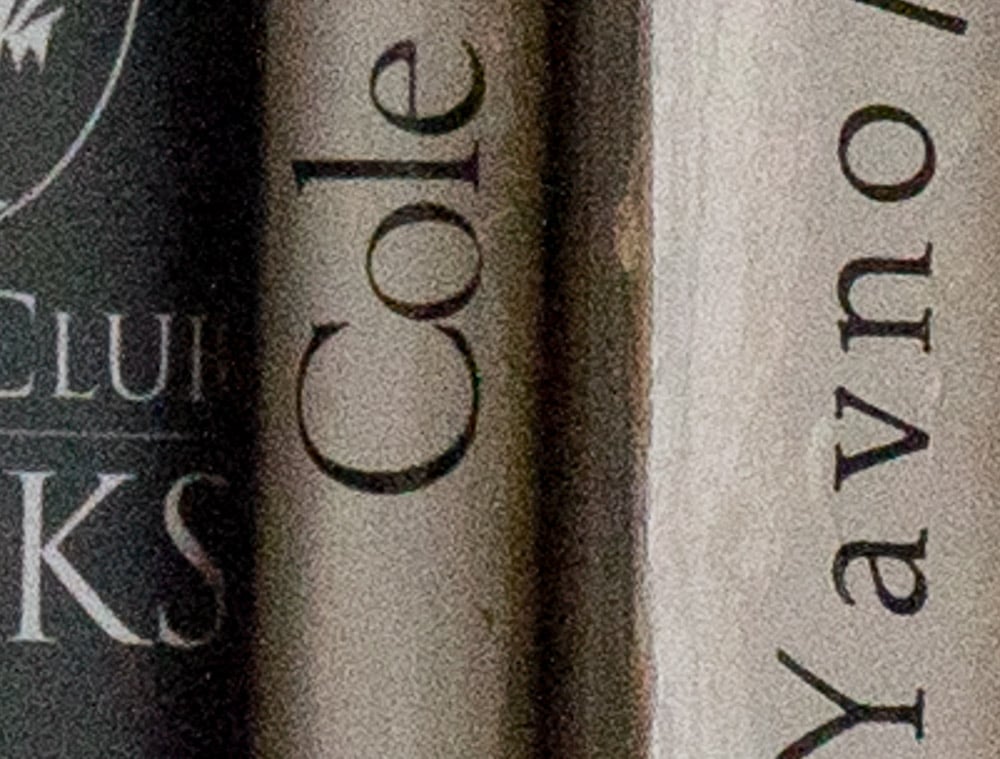
Now ISO 400, at which point the a7RIV is in high conversion gain mode, but the a7RIII is not:
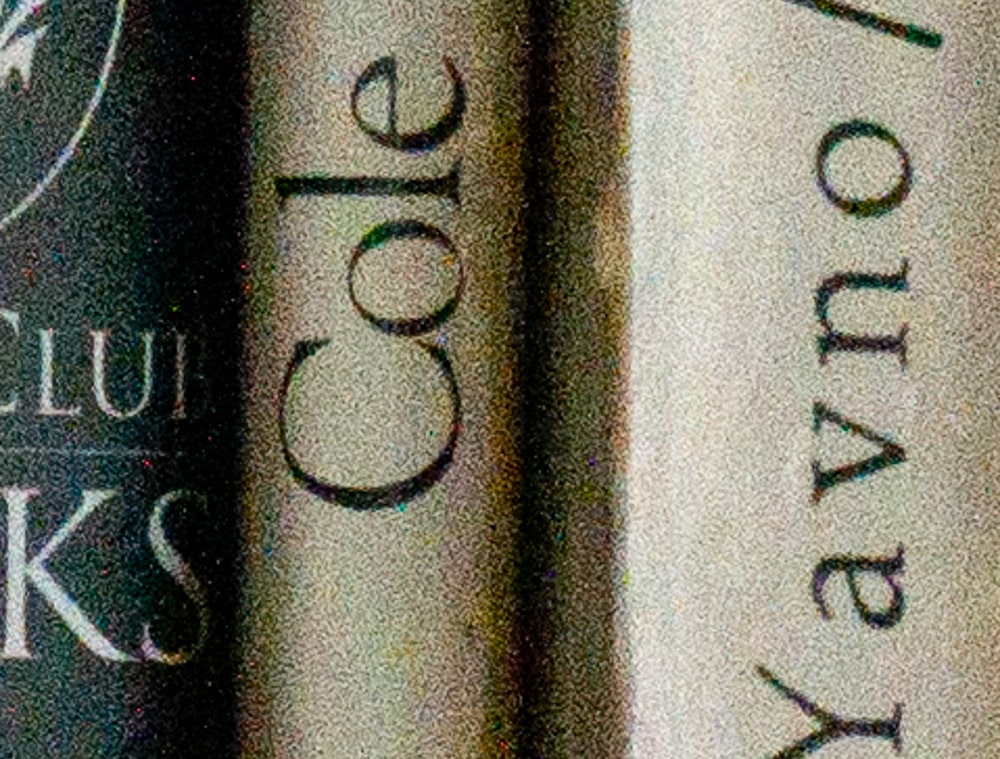
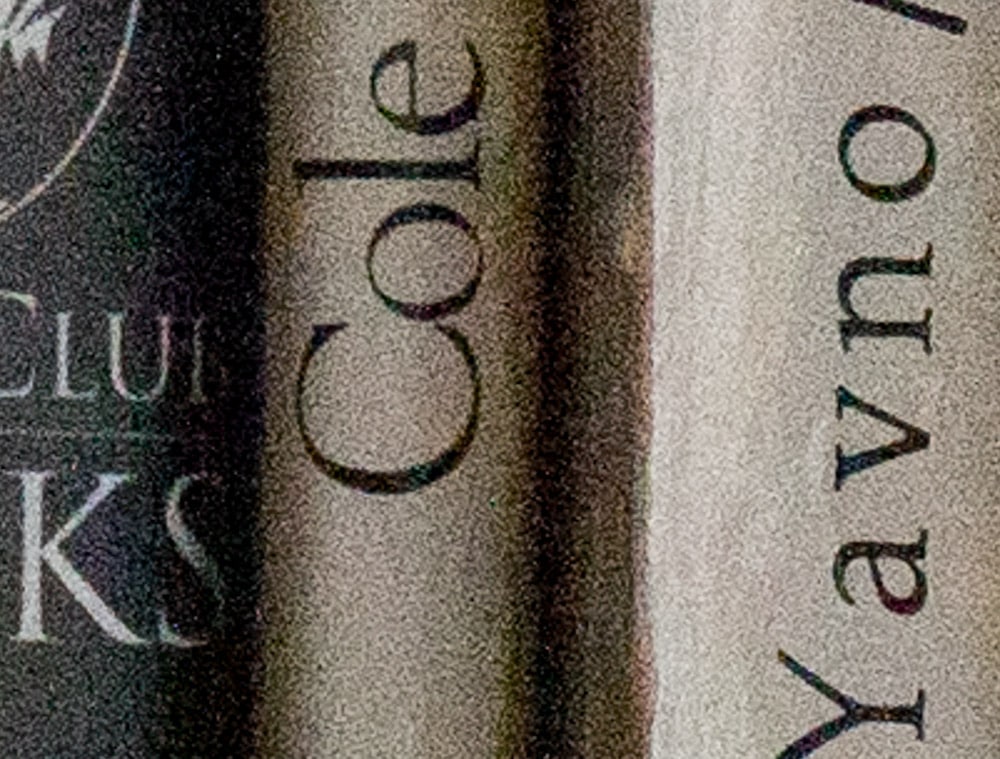
Now ISO 800, where both cameras are using the higher conversion gain:
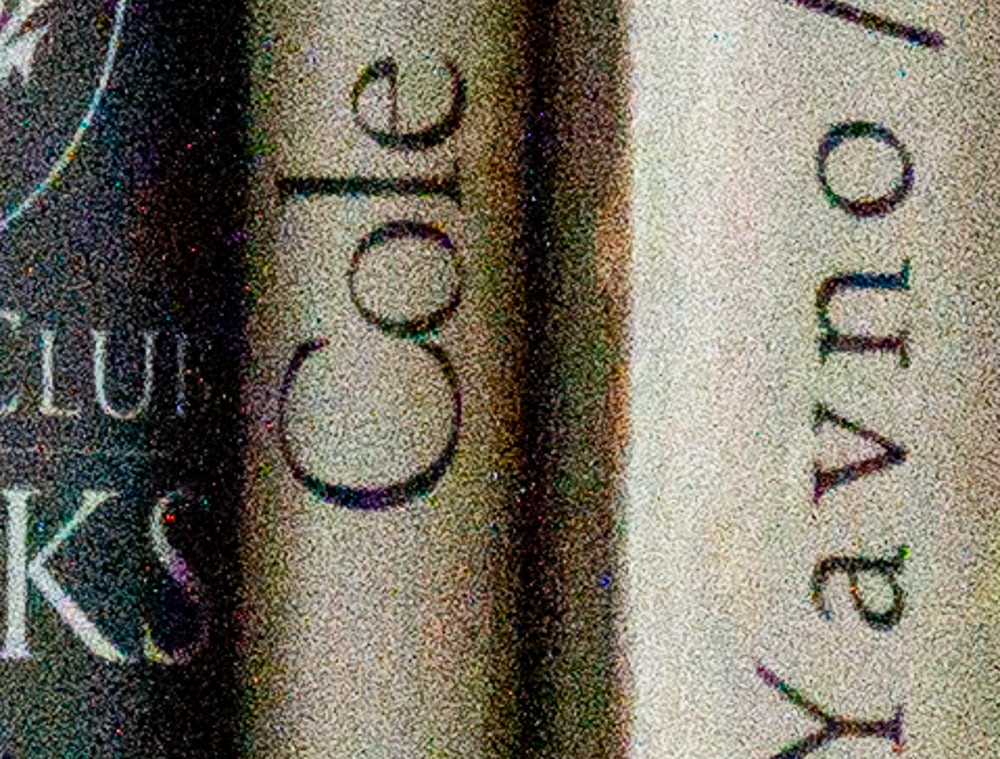
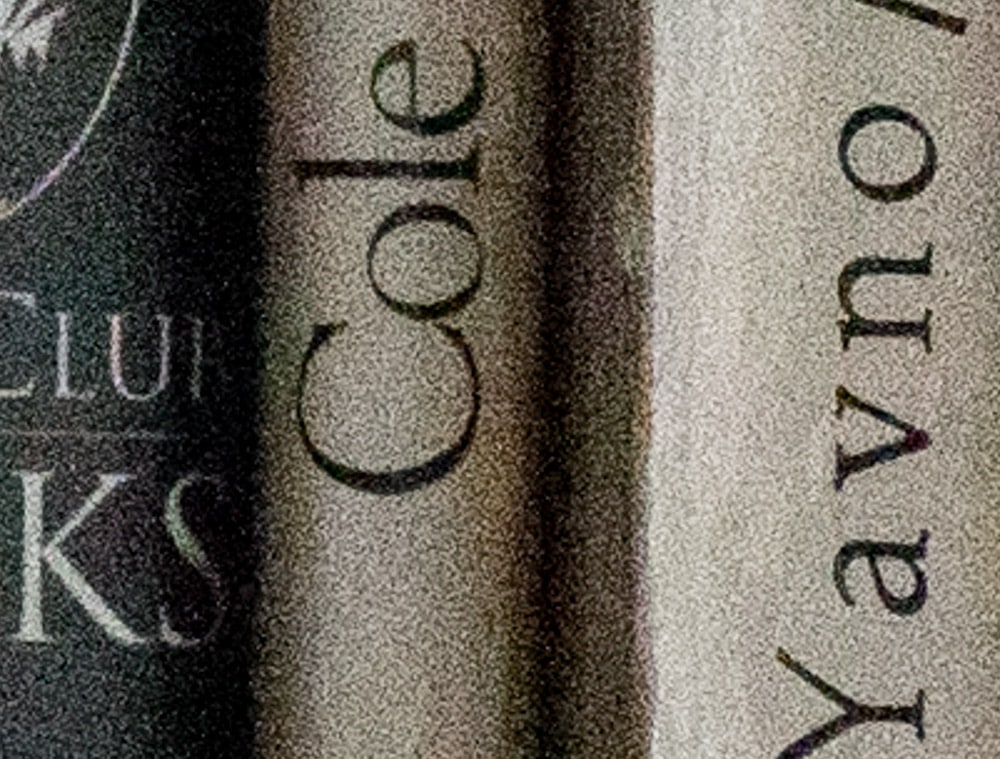
And ISO 1600:
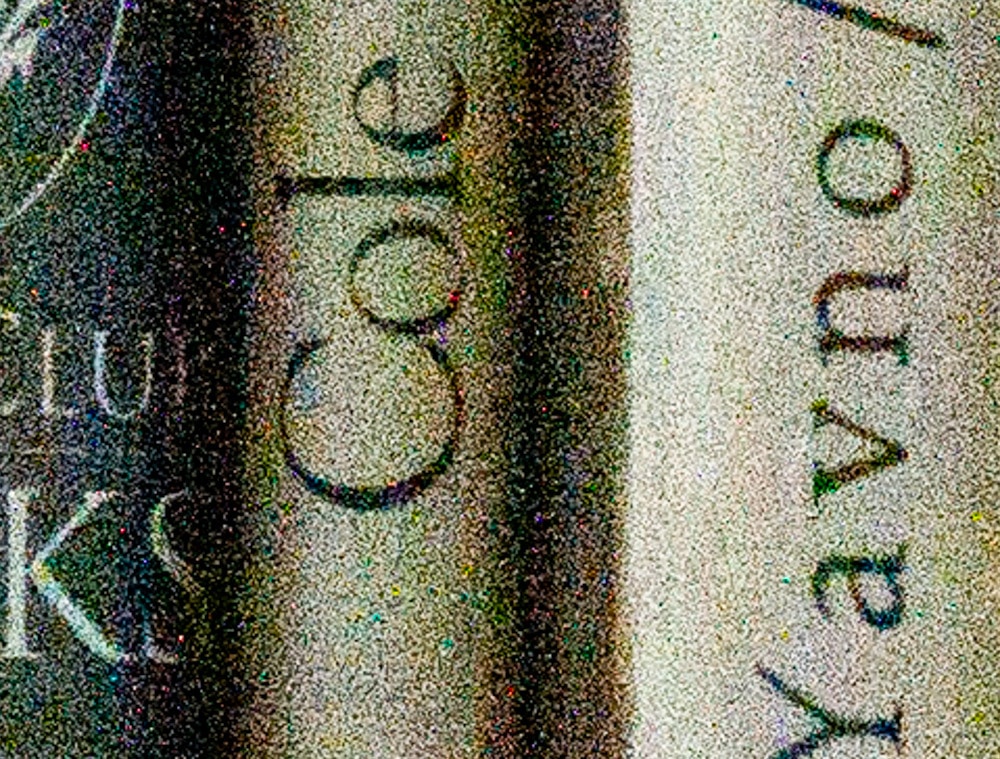
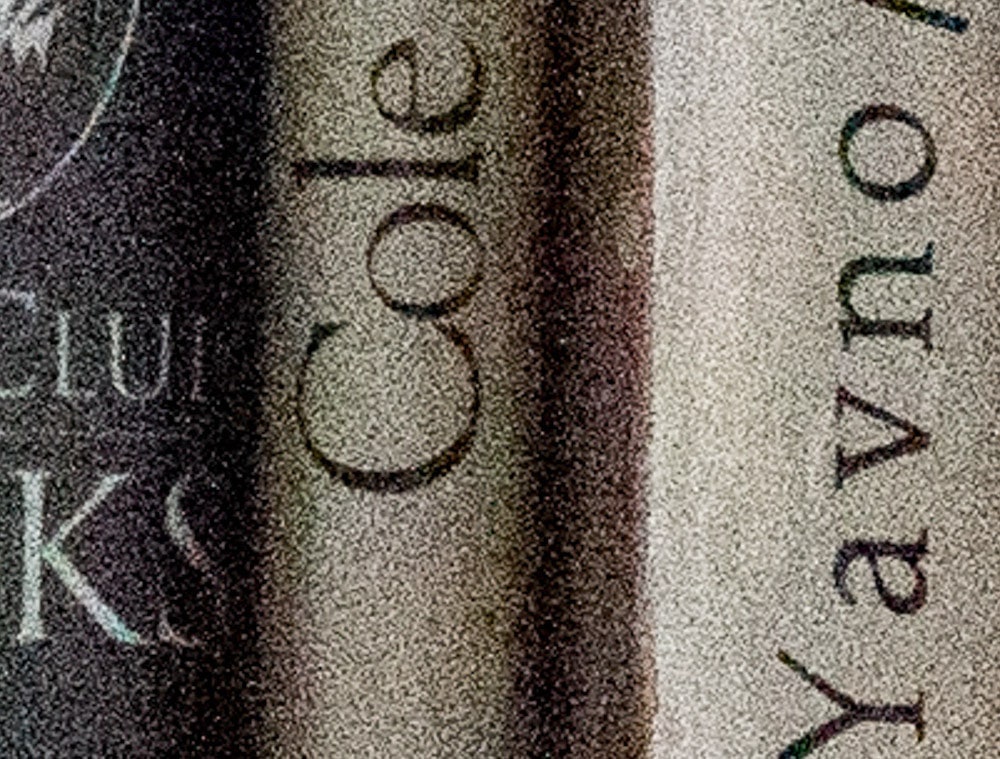
At ISO 3200, something strange happens to the a7RIV’s colors:
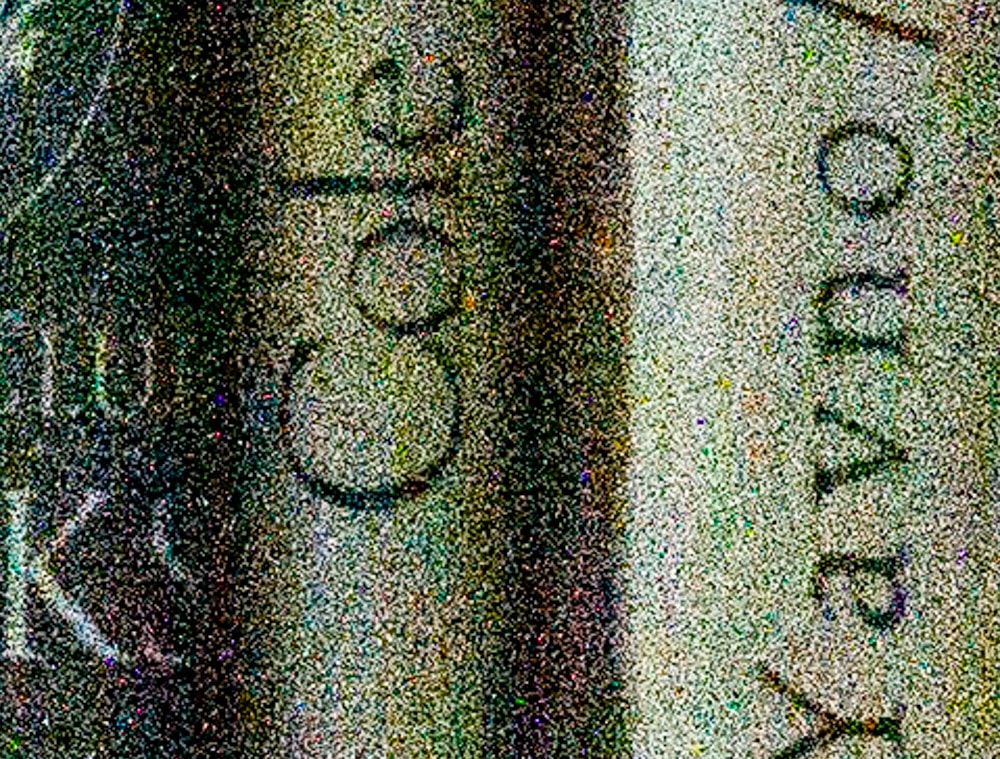
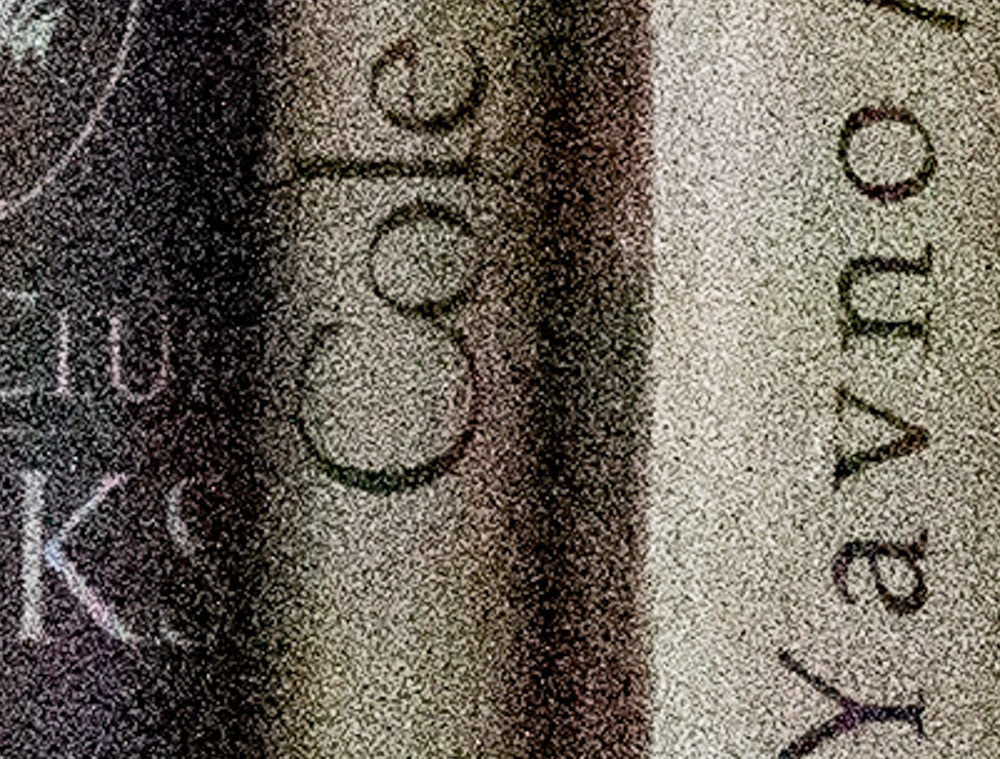
Overall, I find the a7RIV comes up short compared to its predecessor, but not short enough that that should discourage an a7RIII owner who wants the capabilities and features of the newer camera.
Next, the same images with no sharpening and no noise reduction.
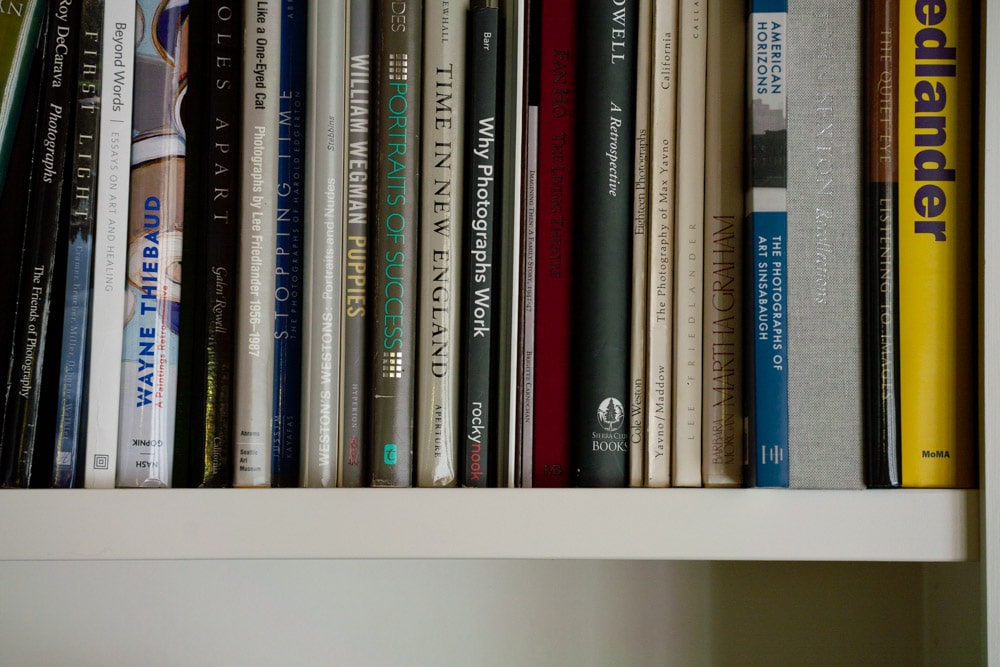
why the hell would you push exposure in post? Sony sensor is ISO invariant. That means that either you are setting ISO in camera or pushing exposure by the same amount of stops in PP – it is the same crap. so ISO 100/200 pushed by 5 stops is not ISO 100/200 anymore but 3200/6400
Uh, to protect highlights?
five stops? r u crazy? Either you have very small amount of shadow regions, either you better loose some highlights
Five stops for a web demo makes easily visible what you can see with a stop and a half on a print.
Hi Jim,
It may seem that the A7rIII images have more accurate focus. Could that be the case?
That could very well be the case. There’s also the issue that radius one is less sharpening for the a7RIV than for the a7RIII.